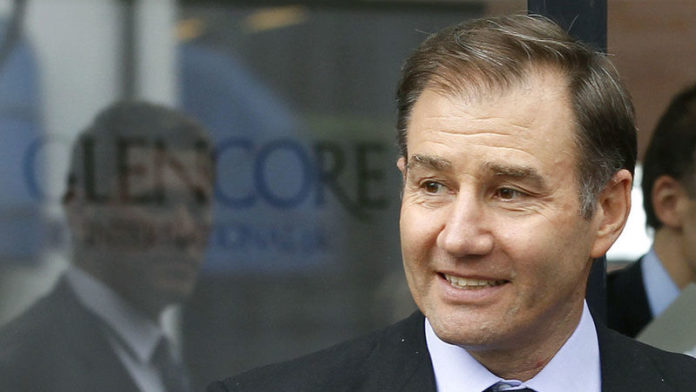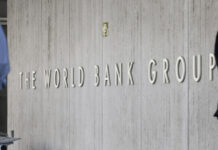
GLENCORE’S decision to cap thermal and metallurgical coal production at 150 million tonnes a year was a consequence of more than two years of discussions with investors and would help clarify the future shape of the group.
Responding to questions in a media call, CEO Ivan Glasenberg and Steve Kalmin, the firm’s CFO, said the decision to cap coal production was in the interests of the company as well as environmental, social and governmental (ESG) requirements.
Asked if Glencore was making any sacrifice at all, considering it wasn’t intending to make new green field investments in coal whilst putting merger and acquisition (M&A) activity on the back burner group-wide, Glasenberg said: “We do have green field opportunities of significant size that we could do that we won’t be doing in the future”.
There was, though, a strong commercial angle. Glasenberg said there would be upward pressure on the thermal coal price which grew at a rate of 6% last year by dint of the emergence of developing market demand in Bangladesh, Vietnam and Pakistan. Exports from South Africa might also be stunted owing to a supply deficit to Eskom.
Said Kalmin: “It’s important that people can think three or five years out and see that Glencore is not just a coal company. It is a diversified company”. Glasenberg added the group was unconcerned about the prospect of creating stranded coal assets.
Glencore’s 145 million tonnes in coal production for the 2018 financial year contributed the most to earnings before interest, tax, depreciation and amortisation (EBITDA), at $5.4bn or 34% of group EBITDA. At $4.4bn, copper production was next contributing 28% to overall group EBITDA.
“We had a lot of exchanges with shareholders and we agreed that this made sense,” said Glasenberg. “We believe as a company that’s what we should be doing. We believe it’s in the best interests of the company and from and ESG view and climate change,” he said.
Banking institutions and investors globally have decided not to invest in new thermal coal production owing to the climate change impacts of burning the fuel. In South Africa, the latest bank to turn its back on new thermal coal is Nedbank, one of the big five bankers.
In a presentation to analysts, Glasenberg said that thermal coal would “stay in the pot” as it was highly cash generative and required little capital expenditure.
DRC
Glasenberg said the group had hopes that the installation of a new president in Felix Tshisekedi in the Democratic Republic of Congo (DRC) would lead to renewed negotiations regarding changes to the country’s mining code last year.
The current dispensation imposes higher duties and a super-profit tax on copper and cobalt production, as well as other minerals, and fails to recognise stabilisation agreements from an earlier version of the mining code. Glasenberg said this was unacceptable.
“We haven’t engaged yet [with the new president]. We are hoping that the government will entertain negotiations, but we don’t know who the new mines minister is or if it will be the previous minister (Martin Kabwelulu appointed under previous president Joseph Kabila). We do wish to negotiate,” he said.
These comments echo the hopes of Mark Bristow, CEO of Barrick Corporation and AngloGold Ashanti CEO, Kelvin Dushnisky who said renegotiation was possible. Asked if Glencore would press ahead with legal action in the International Court of Arbitration in the event negotiations were not restarted, Glasenberg said: “We will consider arbitration”.
Glencore had previously suggested a sliding scale of royalties which simultaneously acknowledged 76% of the new mining code. One of the stipulations of the DRC’s mining code is that royalties on cobalt, a mineral that is a vital component in manufacture of electric car batteries, increases fivefold to 10%.











